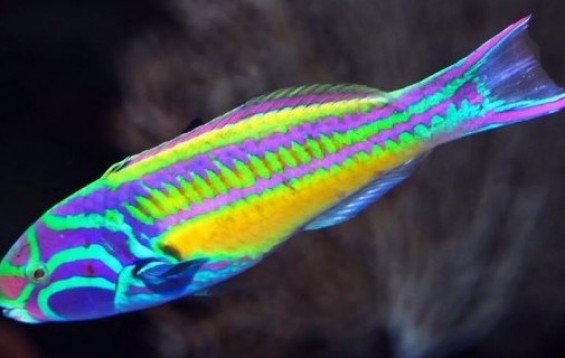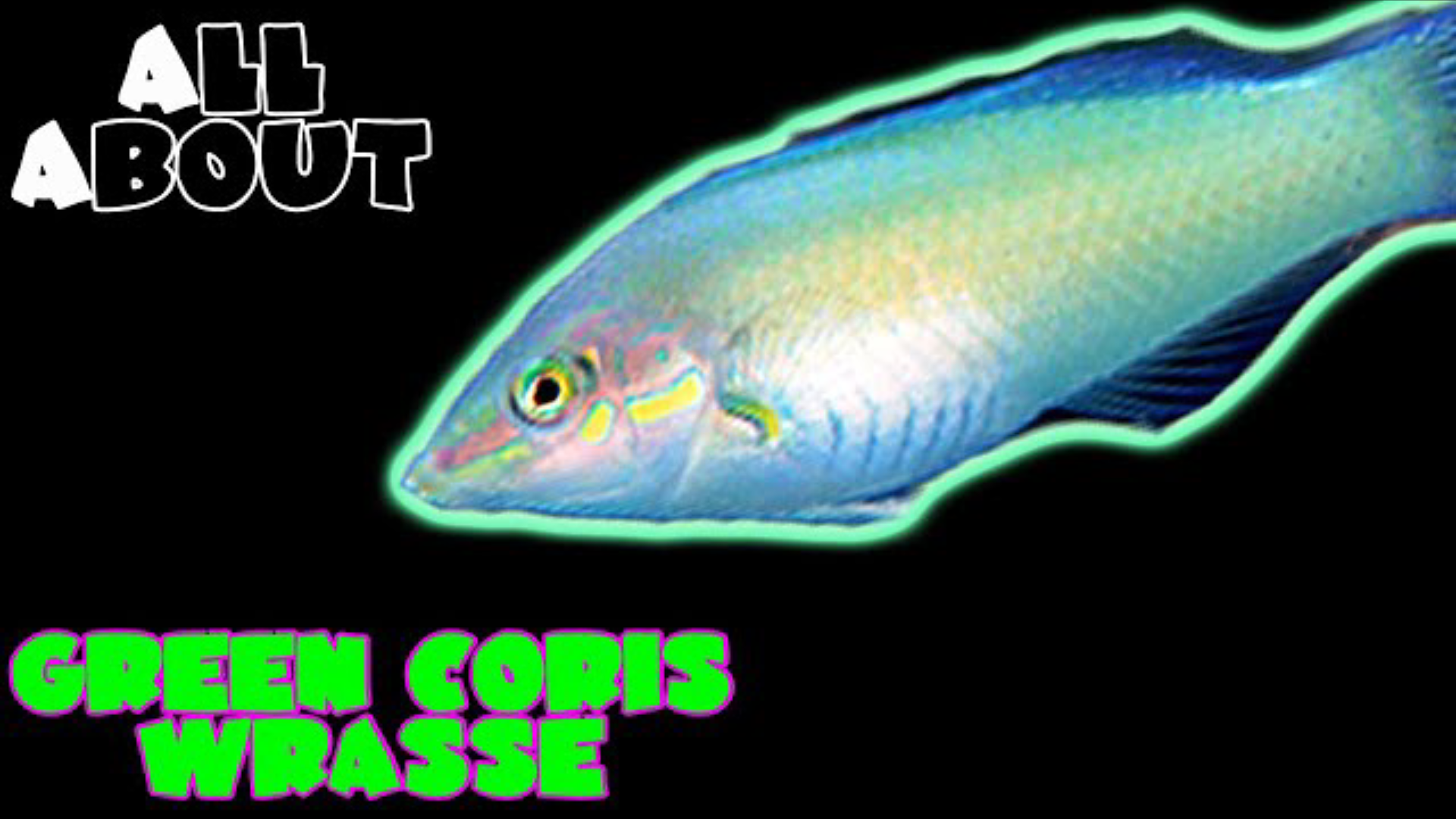- Name:
Pinkface Wrasse
(View AKA's) - Family: Labridae
- Species: Wrasse
- Scientific Name: Thalassoma quinquevittatum


General info about Pinkface Wrasse
The Pinkface Wrasse species will add bright coloration and movement to the aquarium making this species a great addition for the novice or expert alike. Pinkface wrasse can be recognized by their bright green and yellow body with several thick pink stripes from its mouth to just behind the eyes. This hardy fish should reside in a medium to a large aquarium, with other aggressive tank mates, and plenty of rocks for hiding. It will become territorial and often harass any new additions to the aquarium, therefore, it should be one of the last fish added to the tank. This species has been known to eat mantis shrimp and bristleworms as well as other crustaceans, but will normally not eat corals or live plants.
Caution with Pinkface Wrasse
Wrasse are considered jumpers make sure your aquarium has a tight-fitting canopy or screen cover to prevent the Wrasse from jumping out of your aquarium. Wrasse have been known to jump through the smallest of holes in a canopy.
Wrasses prefer to have a 2" (5cm) sandbed to allow them to burrow into the sand to sleep or when they feel like they are in danger. Some people with bare bottom tanks have also added a Tupperware with a 2" deep sand bed to accommodate the wrasse's needs.
They are generally peaceful but may display aggression towards members of the same species.
Original Detail
| Name | Species | Family | Scientific Name | More Detail | Added by |
|---|---|---|---|---|---|
| Pinkface Wrasse | Wrasse | Labridae | Thalassoma quinquevittatum | The Pinkface Wrasse species will add bright coloration and movement to the aquarium making this species a great addition for the novice or expert alike. Pinkface wrasse can be recognized by their bright green and yellow body with several thick pink stripes from its mouth to just behind the eyes. This hardy fish should reside in a medium to a large aquarium, with other aggressive tank mates, and plenty of rocks for hiding. It will become territorial and often harass any new additions to the aquarium, therefore, it should be one of the last fish added to the tank. This species has been known to eat mantis shrimp and bristleworms as well as other crustaceans, but will normally not eat corals or live plants. |
PalaciosAn |


